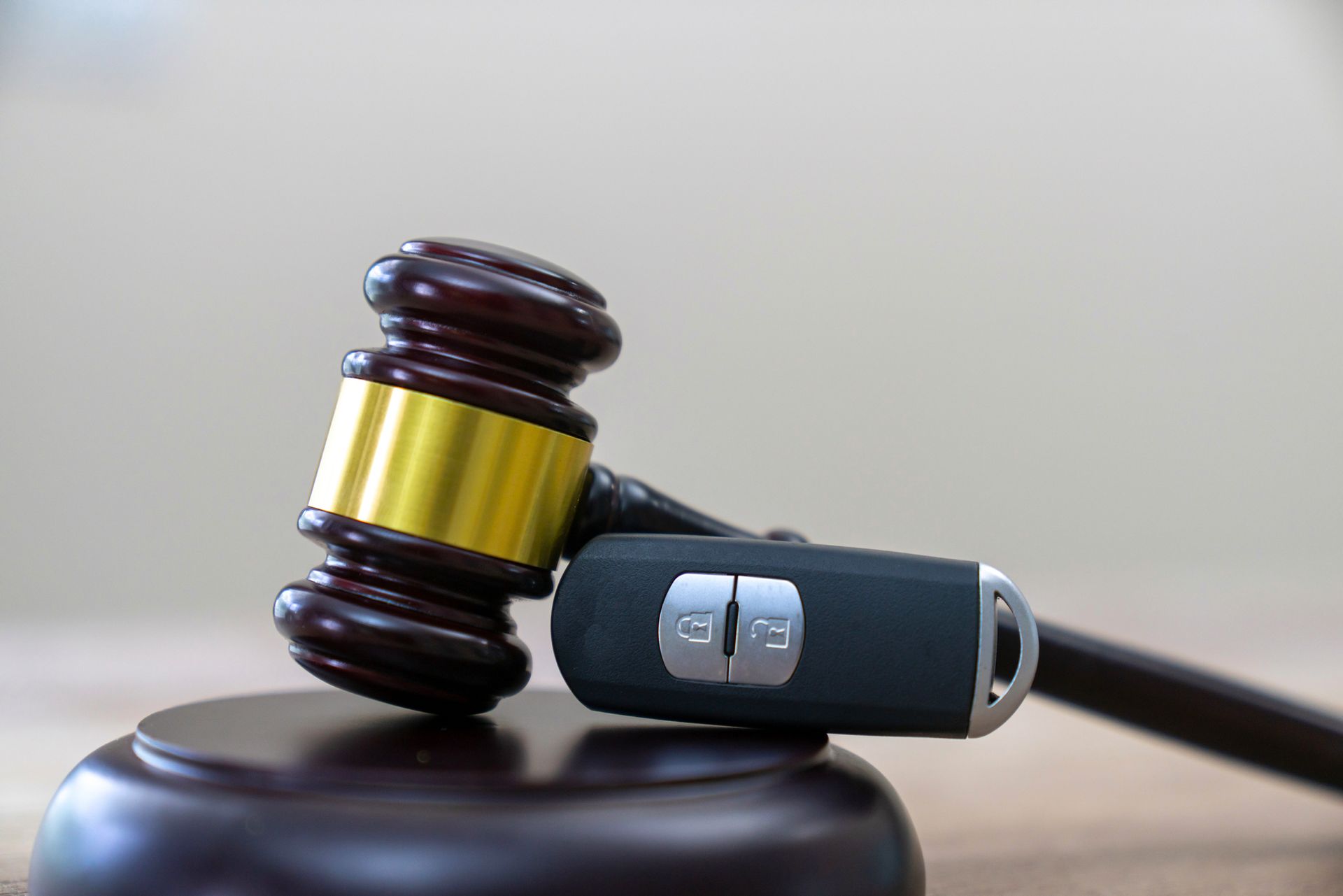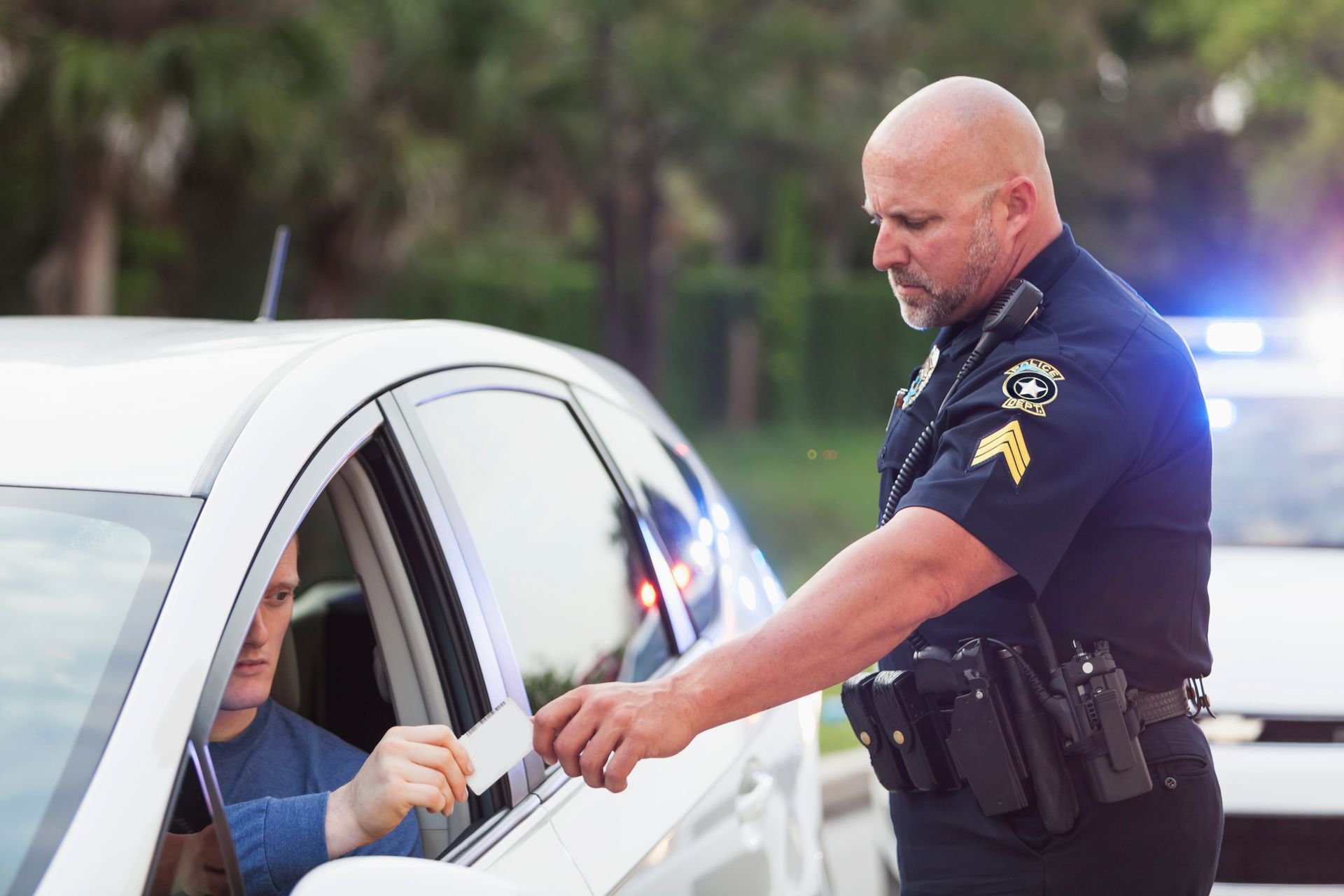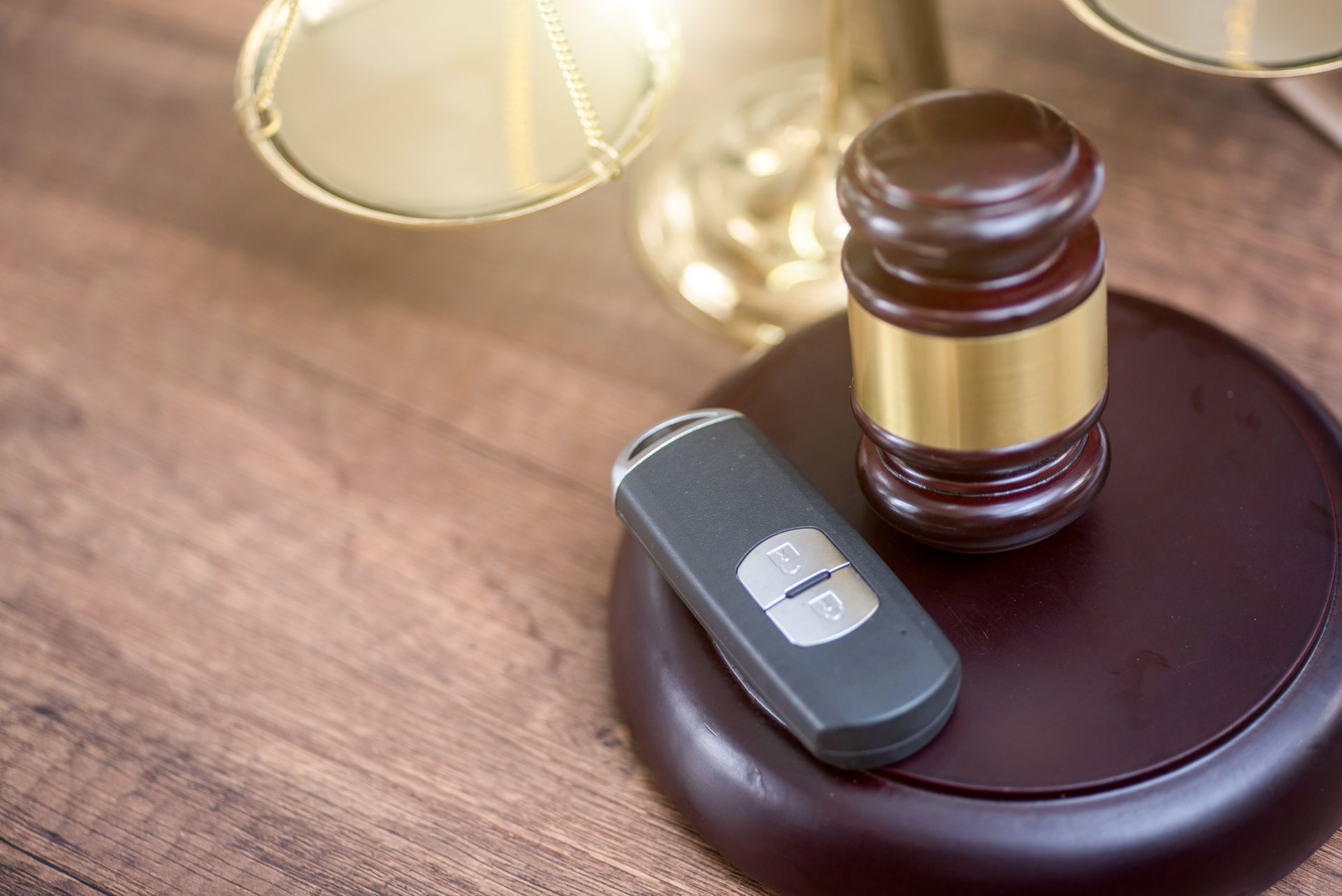The rules for breath and field sobriety tests in Hawaii
If you are suspected of drunk driving, an officer may decide to test for intoxication. To determine your level of intoxication, they may perform field sobriety tests and a breath test.
If these tests suggest that you have exceeded the legal limit for blood alcohol content, you could get arrested for DUI. However, law enforcement officials must conduct any field sobriety and breath tests accurately to gather usable evidence.
Hawaii’s implied consent law
In Hawaii, according to the State of Hawaii, anyone who operates a car on a public way, road or highway anywhere in the state is subject to tests that determine their blood alcohol concentration or drug content during an arrest. Law enforcement officials must have probable cause that the person they pullover has a measurable amount of alcohol or drugs in his or her system.
Field sobriety tests vs. breath tests
Before an arrest for DUI, law enforcement officials may start with a field sobriety test to determine if you are under the influence. Most field sobriety tests include a walk and turn test, a one-leg stand test and a horizontal gaze nystagmus test. A breath test involves blowing into a small device that measures the amount of alcohol in your system.
Refusing to participate in a field sobriety test or take a breath test during a DUI arrest can result in additional consequences. For example, you could put your ability to maintain your driver’s license at risk and aggravate the DUI charges against you. After a DUI arrest , a local criminal defense attorney can help you determine whether authorities behaved properly and what your next steps should be.
The post The rules for breath and field sobriety tests in Hawaii appeared first on Law Offices of Dean C.M. Hoe.




